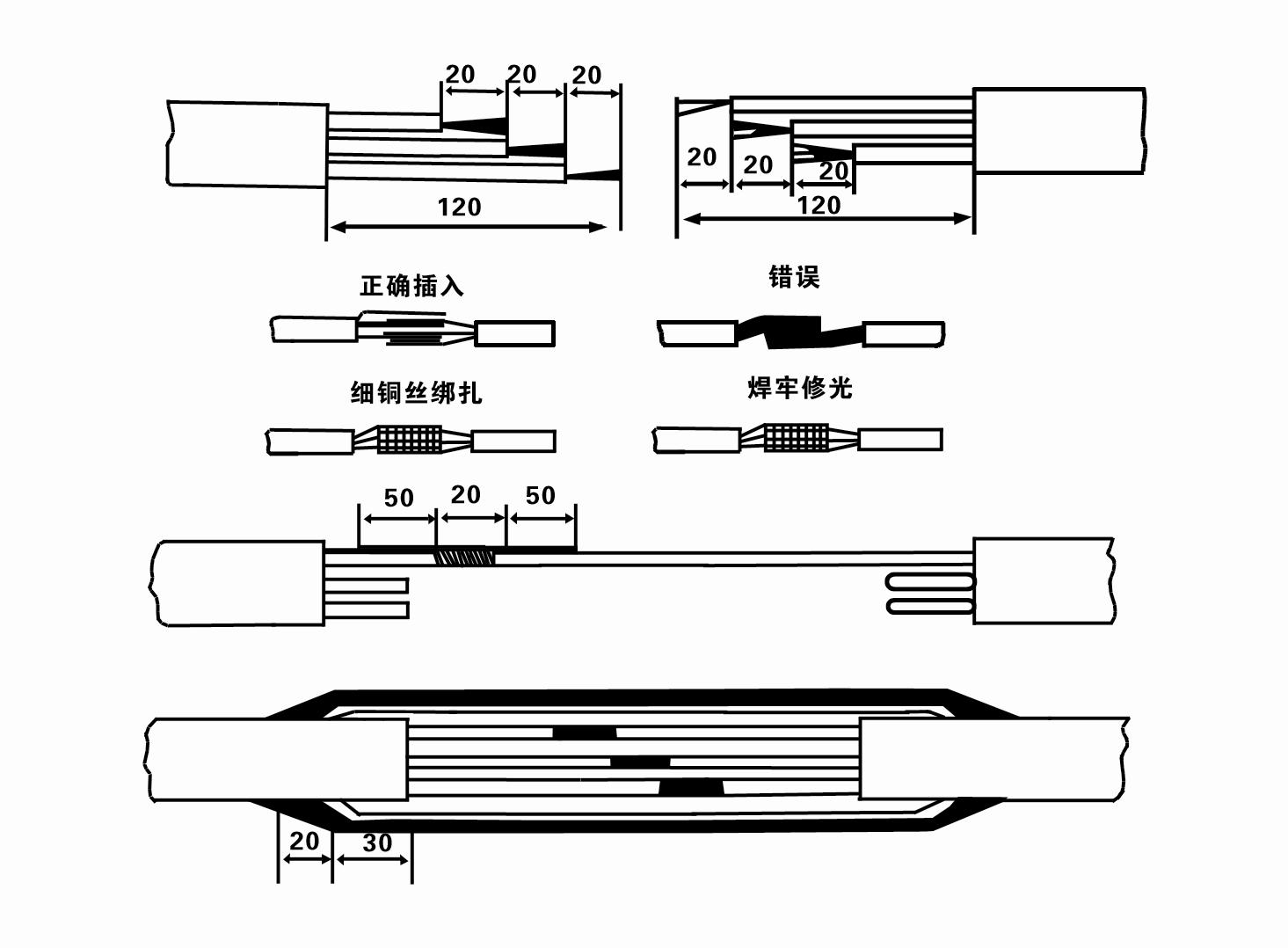7 月 . 20, 2024 01:49 Back to list
Troubleshooting Submersible Water Pump Issues When It Fails to Pump Water Effectively
Troubleshooting a Submersible Water Pump Not Pumping Water
Submersible water pumps are essential tools for various applications, such as draining flooded basements, emptying ponds, and supplying water from wells. However, there may be times when your submersible water pump does not function as expected and fails to pump water. This situation can be frustrating, especially when immediate water removal or supply is needed. Understanding the common causes of this issue and knowing how to troubleshoot them can help you get your pump back in working order.
1. Power Supply Issues
The first step in troubleshooting a non-functioning submersible water pump is to check the power supply. Ensure that the pump is plugged in and that the outlet is functioning properly. You can test the outlet with another appliance to confirm. If the pump is connected to a GFCI outlet, make sure it hasn’t tripped. Resetting the GFCI can often resolve power issues.
2. Blockage in the Pump
Another common reason why a submersible water pump stops working is the blockage in the intake screen or impeller. Debris such as mud, leaves, and twigs can clog the pump and prevent water from being pumped. If this is suspected, you should disconnect the pump from the power source and remove it from the water. Inspect the intake screen for any visible debris and clean it thoroughly.
The impeller is a crucial component of a submersible pump that helps to move water. If the pump has been used in dirty or gritty water, the impeller may become damaged, which can reduce the pump’s effectiveness or cause it to stop working altogether. After inspecting the pump, if you notice any damage to the impeller, it may need to be replaced.
submersible water pump not pumping water

4. Float Switch Problems
For submersible pumps equipped with automatic float switches, issues can arise if the float gets stuck or if the switch itself is faulty. The float switch controls when the pump operates based on the water level. If it fails to move freely or is stuck in the off position, the pump may not activate. Inspect the float for any obstructions and ensure that it swings freely. If necessary, replacing the float switch can resolve the problem.
5. Overheating
Overheating can also lead to a non-pumping pump. If the pump has been running for an extended period without sufficient water supply, it may overheat and shut off as a protective measure. Always ensure the pump is submerged in water before operating it and allow it to cool down if it has overheated. Some pumps have thermal overload protection that will reset once the motor cools down, but if the pump frequently overheats, it may indicate a more significant issue.
6. Electrical Failures
Finally, check for any electrical issues, such as damaged cords or connections. If the pump’s wiring has been compromised, it may not operate properly. Look for any signs of wear, fraying, or corrosion, and repair or replace affected components as necessary.
Conclusion
When a submersible water pump is not pumping water, it can be due to various factors ranging from simple power issues to more complex mechanical failures. By systematically checking the power supply, inspecting for blockages, assessing the impeller, float switch, and electrical connections, you can effectively troubleshoot most problems. If these steps do not resolve the issue, consulting a professional or referring to the manufacturer’s guidelines is advisable to avoid further damage and ensure proper operation. Regular maintenance and careful monitoring of the pump's condition can help prevent future problems and ensure that your submersible water pump remains reliable when you need it most.
-
Your Guide to Deep Well Pumps
NewsOct.31,2024
-
Why Choose a Stainless Steel Deep Well Pump?
NewsOct.31,2024
-
Understanding Water-Filled Submersible Pumps
NewsOct.31,2024
-
Understanding SS Submersible Pumps
NewsOct.31,2024
-
Reliable Submersible Well Pumps for Your Water Supply Needs
NewsOct.31,2024
-
Choosing the Right Submersible Pump for Your Water Management Needs
NewsOct.31,2024
-
 Understanding Water-Filled Submersible PumpsWhen it comes to selecting the right pump for your water management needs, understanding the different types available is crucial.Detail
Understanding Water-Filled Submersible PumpsWhen it comes to selecting the right pump for your water management needs, understanding the different types available is crucial.Detail -
 Guide to Installing a Deep Well Submersible PumpWhen dealing with deep wells, a deep well submersible pump is often the most effective solution for extracting water from significant depths.Detail
Guide to Installing a Deep Well Submersible PumpWhen dealing with deep wells, a deep well submersible pump is often the most effective solution for extracting water from significant depths.Detail -
 Finding the Right Submersible PumpWhen seeking an efficient solution for pumping water from deep wells, sumps, or other applications, the submersible pump is a leading choice.Detail
Finding the Right Submersible PumpWhen seeking an efficient solution for pumping water from deep wells, sumps, or other applications, the submersible pump is a leading choice.Detail
